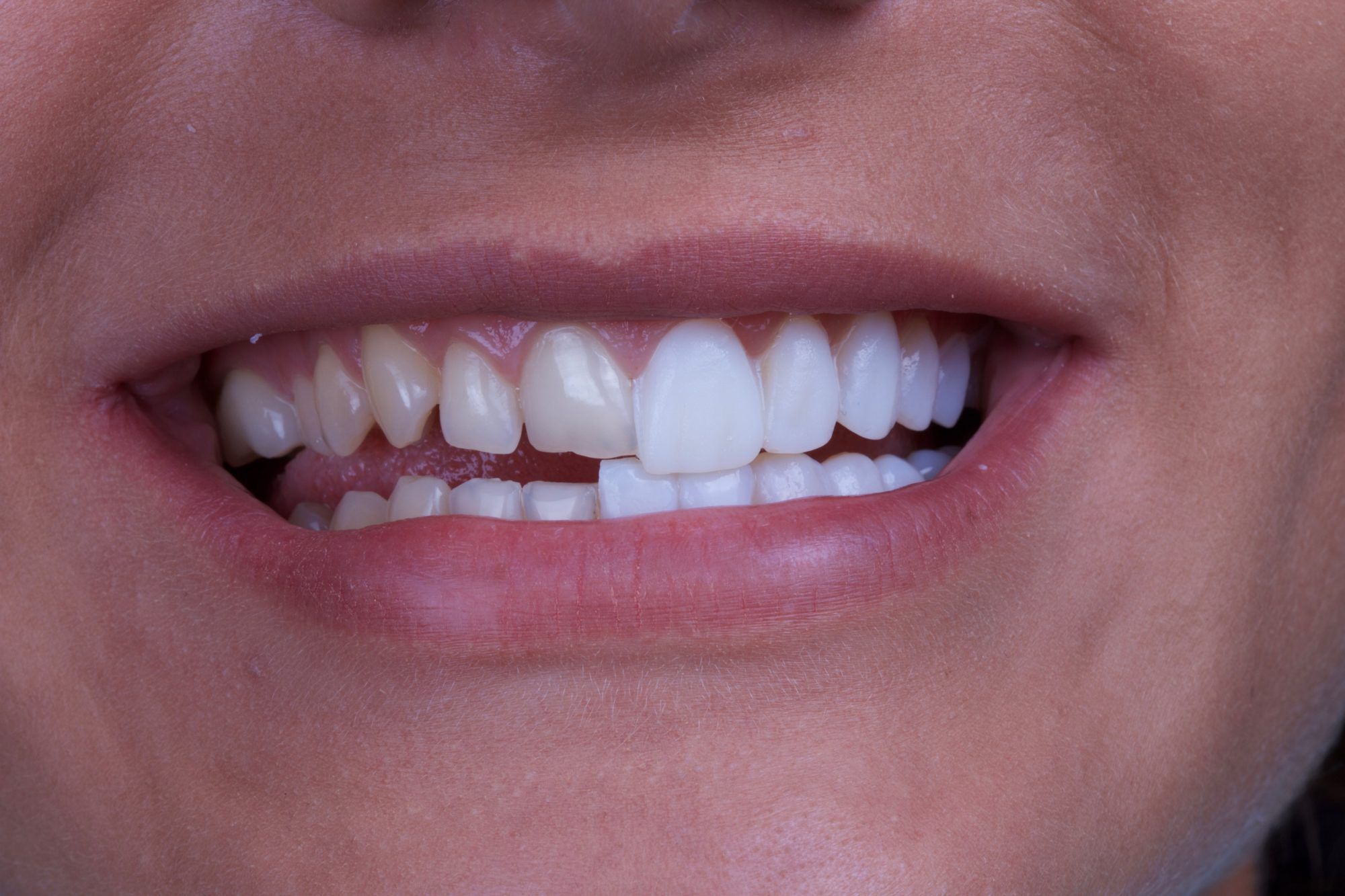Right Now
Porcelain Veneers - What to Expect From Getting Them

Porcelain veneers are often used to get the ideal white smile. Are you guilty of not revealing your teeth? Are you hesitant to show off a wide, toothy grin because you are self-conscious about how your teeth look?
It might be time to think about upgrading your smile with porcelain dental veneers. Do you have any questions about them or whether they will work for you? Read on to find out everything you need to know about porcelain dental veneers.
What Are Porcelain Veneers?
Dental porcelain veneers are thin layers of porcelain that cling to the tooth's surface. They are manufactured to the individual's specifications, including size, shape, and color. While many people acquire porcelain veneers for cosmetic reasons, they can also be used to restore teeth. They can be less intrusive than using a crown to cover an entire tooth. Instead, they only coat the surface of the tooth, so it’s a cosmetic dentistry procedure.
Because veneers stick to a person's original tooth, they are an excellent solution for repairing existing teeth rather than replacing them with implants or dentures.
Who Is a Good Candidate for Porcelain Veneers on Their Teeth?
Are you wondering if porcelain veneers will work for your teeth? While veneers are effective for many people, they are not appropriate for everyone. In most circumstances, anyone wishing to improve the appearance of their smile could be a candidate for veneers.
Veneers can alter the color, shape, and size of your natural teeth. While your teeth may not look spectacular, if you have healthy gums and bone structure, you are probably a suitable candidate for veneers.
Veneers can help address the following issues with your teeth:
Chipping;
Staining;
Old restorations and fillings;
Uneven or narrow smile;
Spacing issues;
Crowding;
Bite issues;
Fluorosis or antibiotic-related staining.
Because veneers are a personalized procedure, a qualified cosmetic dentist can work with your teeth to correct problems with porcelain veneers.
Times When Veneers May Not Work
Porcelain veneers may or may not work in certain scenarios. Instead, you may need to undergo other dental procedures before receiving veneers.
Veneers may now be effective in cases where teeth have been severely worn down due to grinding. If the teeth are too worn down, the veneer will have difficulty adhering to the tooth's surface.
If you have wide gaps between your teeth, you may need to initially undergo orthodontic treatment. The orthodontist adjusts the teeth to close big gaps, and then the cosmetic dentist places the veneers. Remember, the veneer must adhere to your teeth.
Other scenarios include when teeth are overcrowded, or the jaw is so narrow that the teeth are misaligned. Again, you should have an orthodontist relocate the teeth so that they may be properly situated before getting the veneers.
How to Get Veneers?
Once it is determined that you are a good candidate for porcelain veneers, the procedure takes roughly two visits. First, consult a cosmetic dentist. Examine your mouth and determine whether you are a good candidate. If you require more dental work, you should schedule it first.
You don't want to have veneers and then need a root canal (more on that later). If you require an implant or cavities filled, you should do so before proceeding with the veneer procedure.
On your initial veneer visit, the dentist will remove a very thin enamel layer from your teeth. Imagine it is thinner than a fingernail. The dentist will then take impressions to mold your permanent veneer.
Then you're fitted with a temporary restoration for your teeth. This is an excellent moment to explore how they appear and feel. Before installing the permanent one, consider its shape and color. During the second appointment, the temporary repair is removed. The permanent veneer is applied to your teeth using bonding glue. Most patients receive a local anesthetic during these sessions.
Recovery and After Veneer Care
You may be concerned about how the recuperation will go after any dental operation. Recovery from the first and second veneer placement sessions should be straightforward.
You may notice that your teeth are first more sensitive to temperature. You may feel some soreness, but it should be moderate. Except for the dazzling new smile, you should notice very little difference. Your veneers require no more special care than your teeth do. You should schedule regular dentist appointments and teeth cleanings. You should maintain good oral hygiene by keeping your teeth and gums clean. The more you care for your teeth, the longer the veneers will endure and appear healthy.
More Posts



















Map
Amelia Grant
Get DirectionsAmelia Grant
-
31-57 37th St
Long Island City, New York 11103
United States - 6462709836
Report This Post
Please complete the following requested information to flag this post and report abuse, or offensive content. Your report will be reviewed within 24 hours. We will take appropriate action as described in Findit terms of use.


